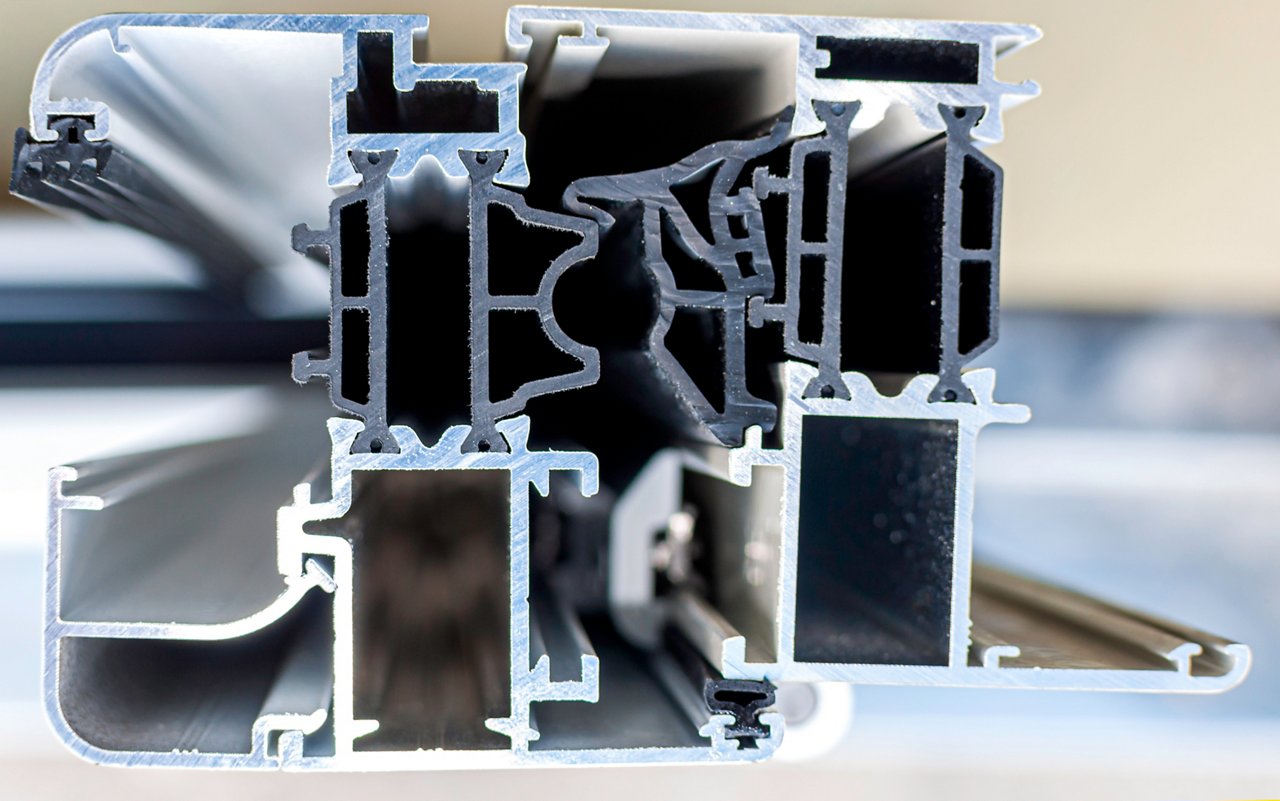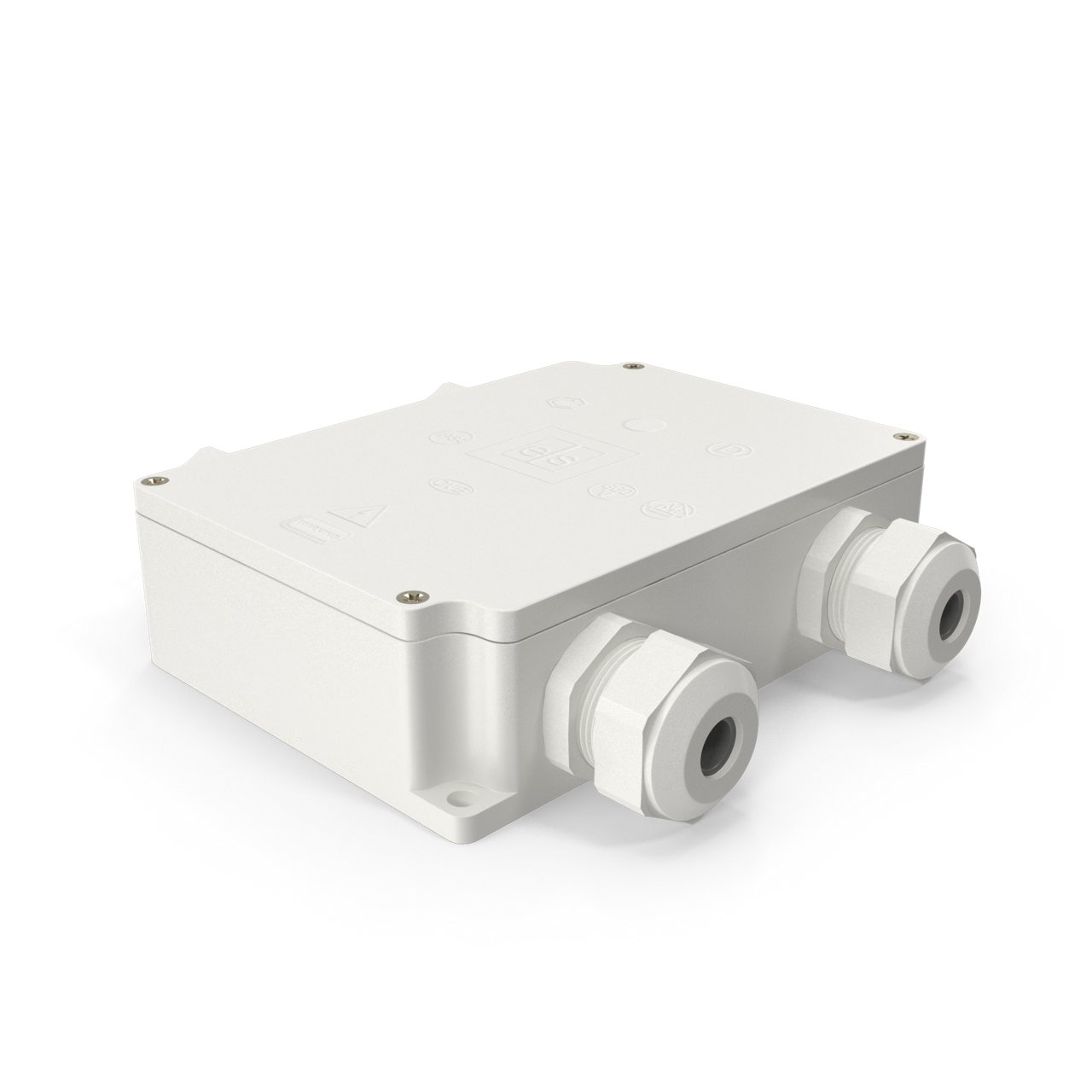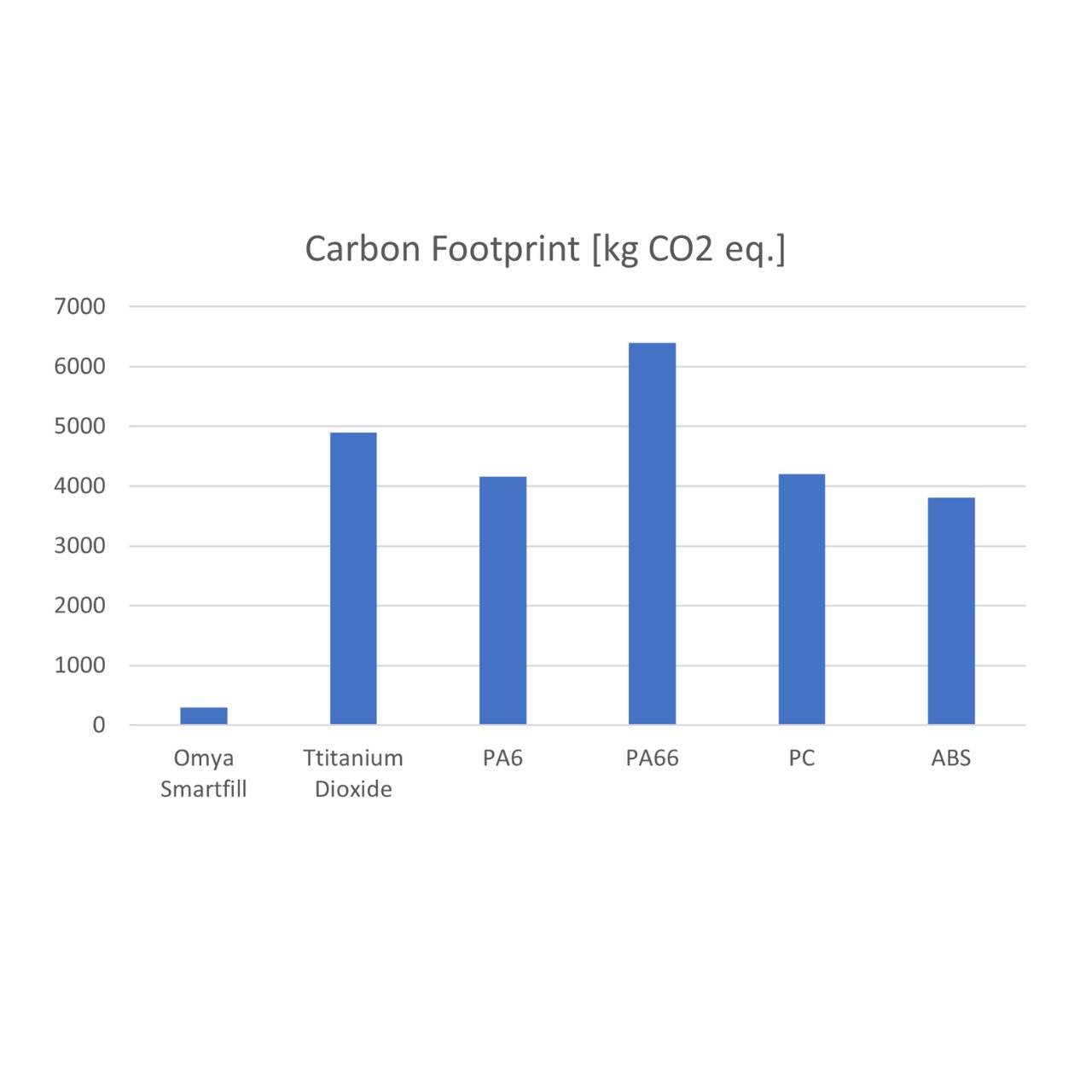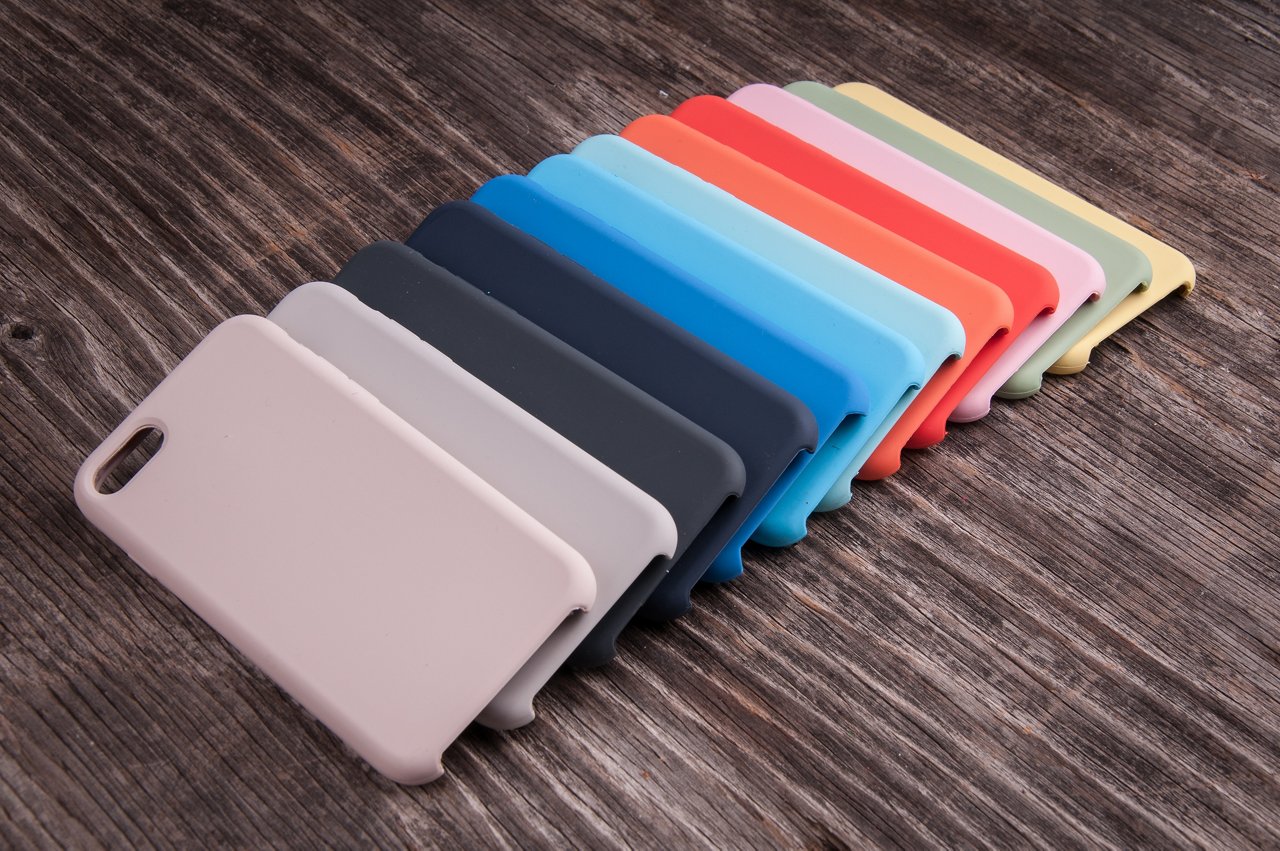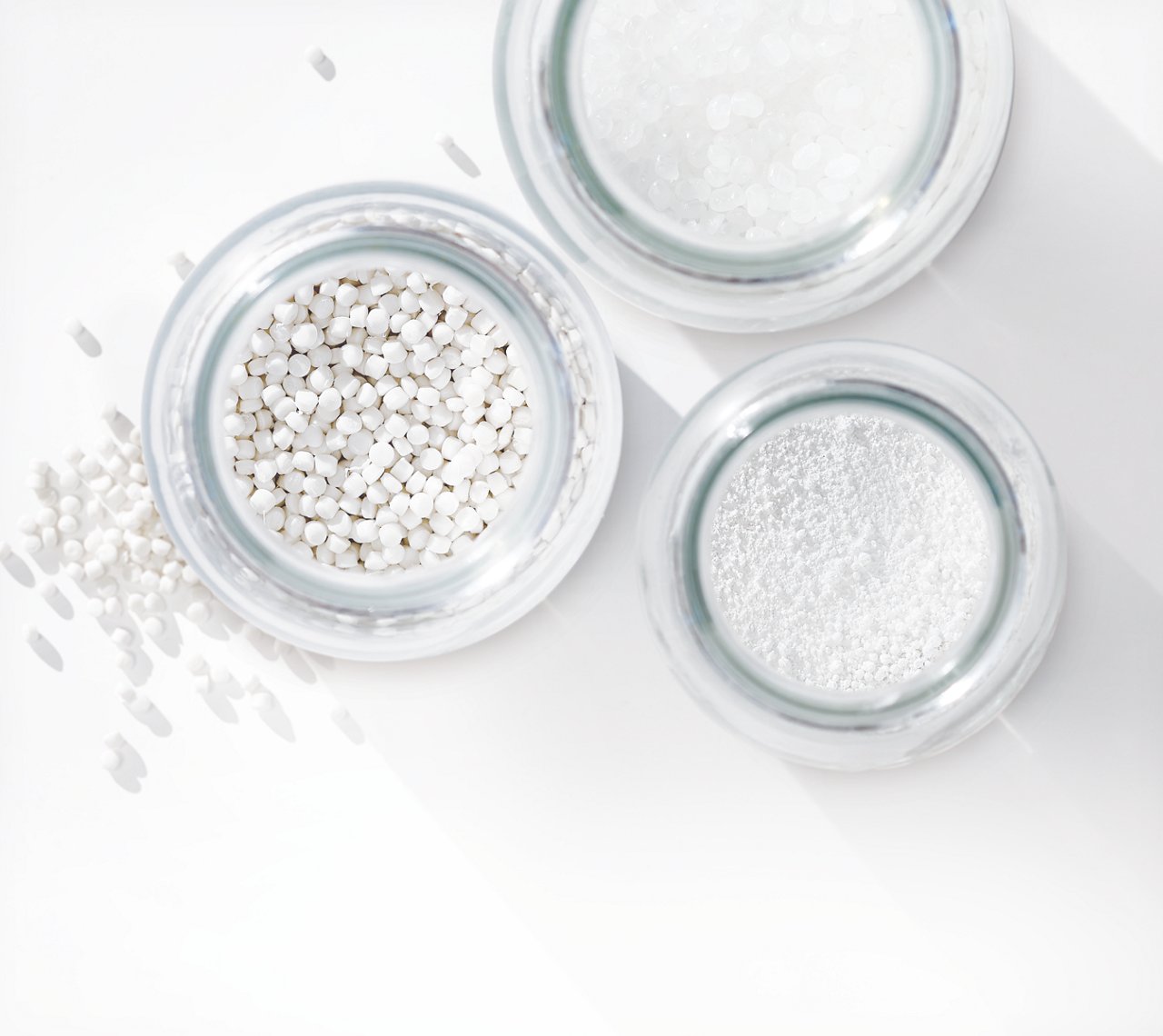Benefits of Omya solutions for engineering polymers
- Improved ductility in PA and PC
- Partial glass fiber and mineral replacement
- Partial pigment and polymer replacement
- Reduced Polycarbonate extrusion degradation
- Lower carbon footprint
- Reduced formulation cost

?qlt=85&ts=1705067366288&dpr=off)

